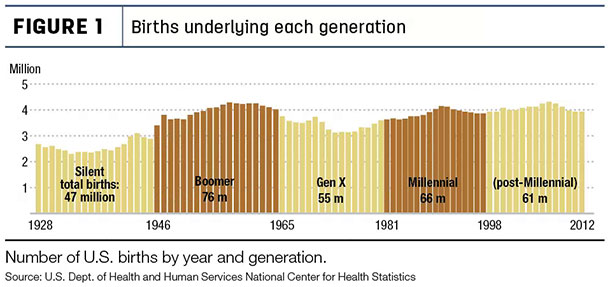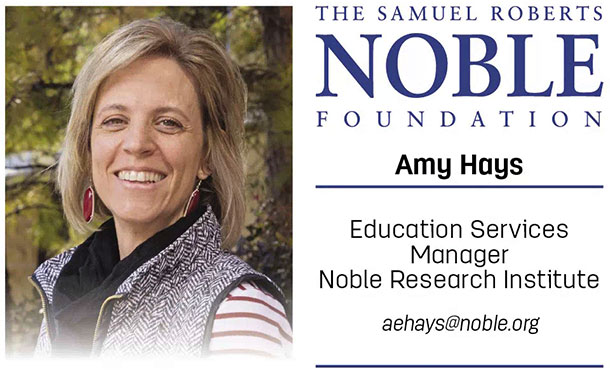According to USDA data, it is estimated that over the next five years, approximately 10 percent of the nation’s lands will change in ownership. There are a few underlying characteristics related to generational land transfer that draw attention to some important shifts in the potential ways a transfer may not be traditional.
The need for replacement farmers and ranchers
As the average age of ownership continues an upward trend (from 50 years average age in 1982 to 58 years average age in 2012), there is a significantly important consideration in how transition will look between the current generation and the upcoming generation.
The USDA Agricultural Statistics Service data shows a significant trend in a shrinking number of replacement farmers and ranchers who are 55 years and younger. The data reported shows there is not a strong number of replacement farmers and ranchers available from the population to replace those who will be retiring or passing on their lands for other reasons. There are more producers than replacement producers at the current time.
An immediate response is that as an industry, we need to look harder and promote the availability of positions and opportunities for new producers or incoming producers. However, one of the complicating factors not immediately reflective in replacement data is the availability of replacement farmers and ranchers in the 34- to 50-year-old age group due to a significant decrease in the size of this generation as a whole.
Most people are surprised to know that in the U.S., there are significant size differences in the population of each generation.
There are currently five defined generations alive in the U.S. The population sizes vary with three of the five generations being about the same and two being smaller (Figure 1).

Currently, the oldest generation is referred to as the Silent or Greatest Generation; the newest generation is referred to as Generation Z, Generation Next or post-Millennial.
Take note that Gen X is approximately 20 million less in birth than the baby boomer generation, and 10 million less in birth than the millennial generation. In a most basic breakdown, this implies there are less potential offspring to pass land to in a traditional transition pattern (parent to child) in the current transition where boomers will pass to Gen X.
Nontraditional land transfer
The two factors together of a smaller generation of potential recipients, as well as a lack of available farmers and ranchers, means there might be a possibility of nontraditional land transfer (grandparent to grandchild or family to non-immediate family). Sit down with a nontraditional pair and ask questions about their goals, outlooks and ideas. Most of the time you will find there is potential for them to be very different than if you sat down with two more traditional transfer pairs.
Different life experiences; availability to capital, time and money; and family considerations may create different outlooks on the future of the farm or ranch. That’s a polite way of saying people may not have the same thinking, which can create stressful transitions.
On the upside, you may find there is a higher willingness to adapt and potentially a re-energizing of the industry toward new ideas. On the downside, there is the potential to be less risk-adverse and less available capital to spend on needed improvements or upkeep.
Areas to think about
In the next five to 30 years, land transition may need to be supported closely from many aspects. One aspect is a need to understand how to find, motivate and support replacement farmers and ranchers who are currently not seen as recipients but might be prime candidates for land transfer. How do we provide industry support earlier?
Another aspect may be the reality that access to capital, equipment and land may be harder to come by for nontraditional transfers. Instead of having years to prepare and alternate sources of income, incoming farmers and ranchers may be at the start of their careers and without as much supporting income to provide an active basis for farm and ranch activities.
Alternatively, they may not be at a point in their lives to take on the same activities at the intensity level of the current operation. Supporting peers and networks may be essential to helping replacement farmers and ranchers navigate risk.
Potential outlooks
Some of the potential upsides to this nontraditional shift in transition may be the increase in availability of lease or rent land as families wait for additional buy-in and workforces from younger generations returning to the farm or ranch. The 2017 Census of Agriculture might show a marked increase in secondary operators and lease operators.
In addition, there might be an increase in the number of younger farmers and ranchers as the option to transition from grandparent to grandchild helps to bring additional family into farm operations. Overall, it is important to pay close attention over the next 10 years to this transition and find ways to foster the building of transition farmers and ranchers. ![]()








